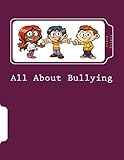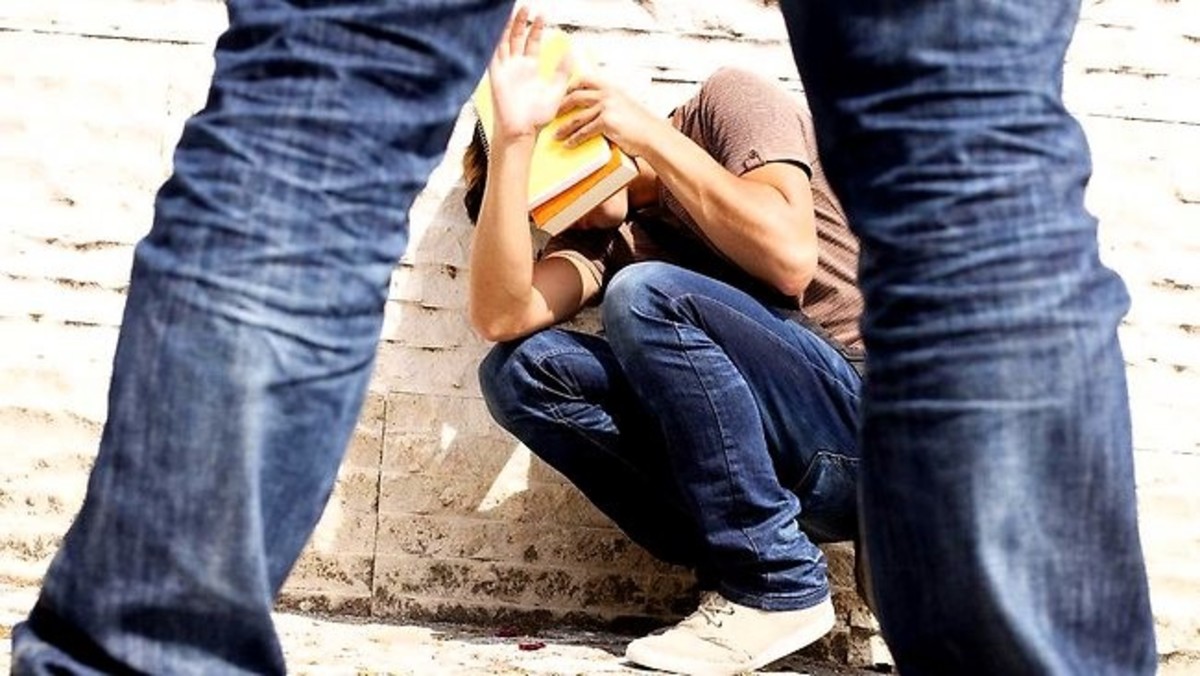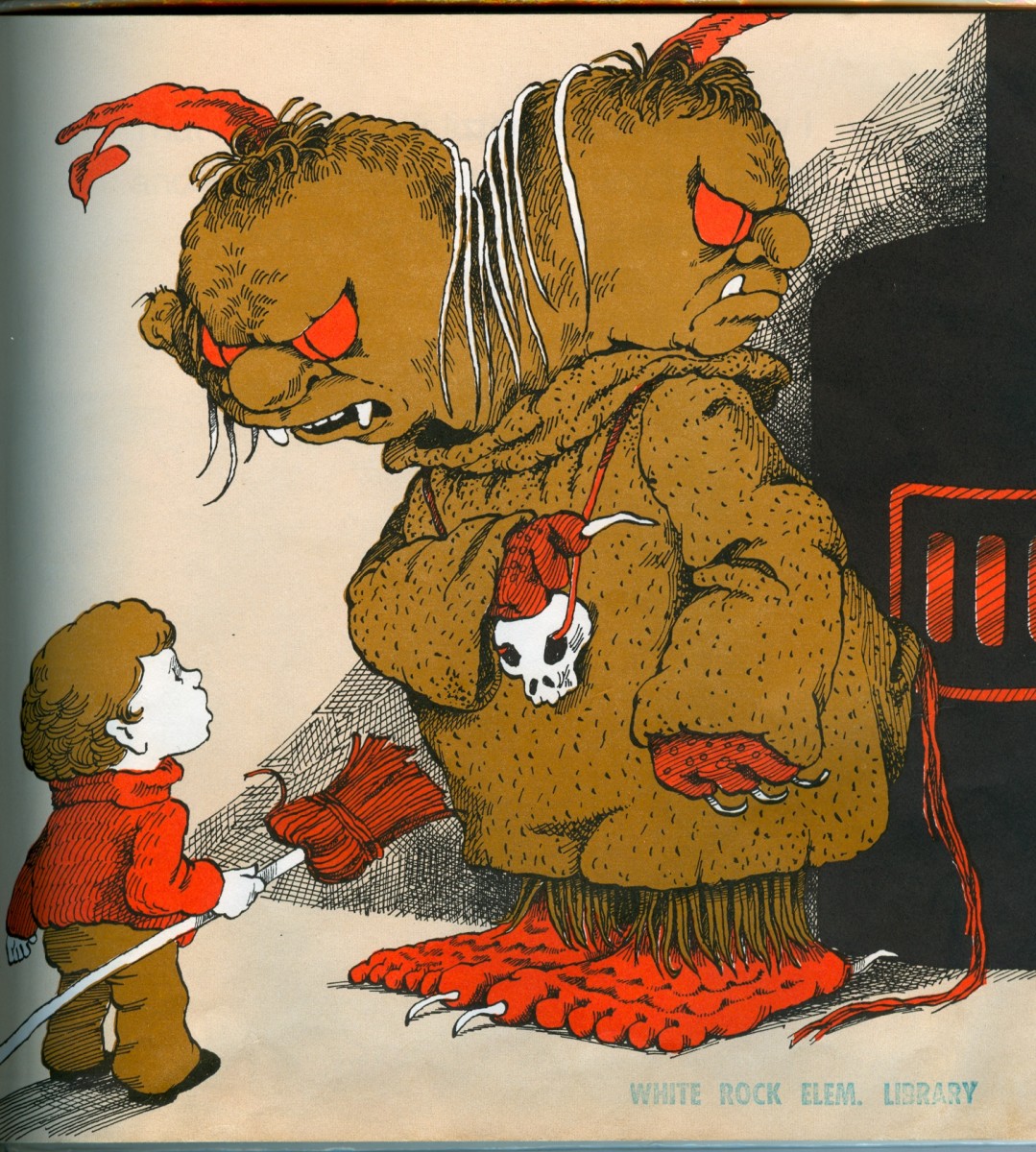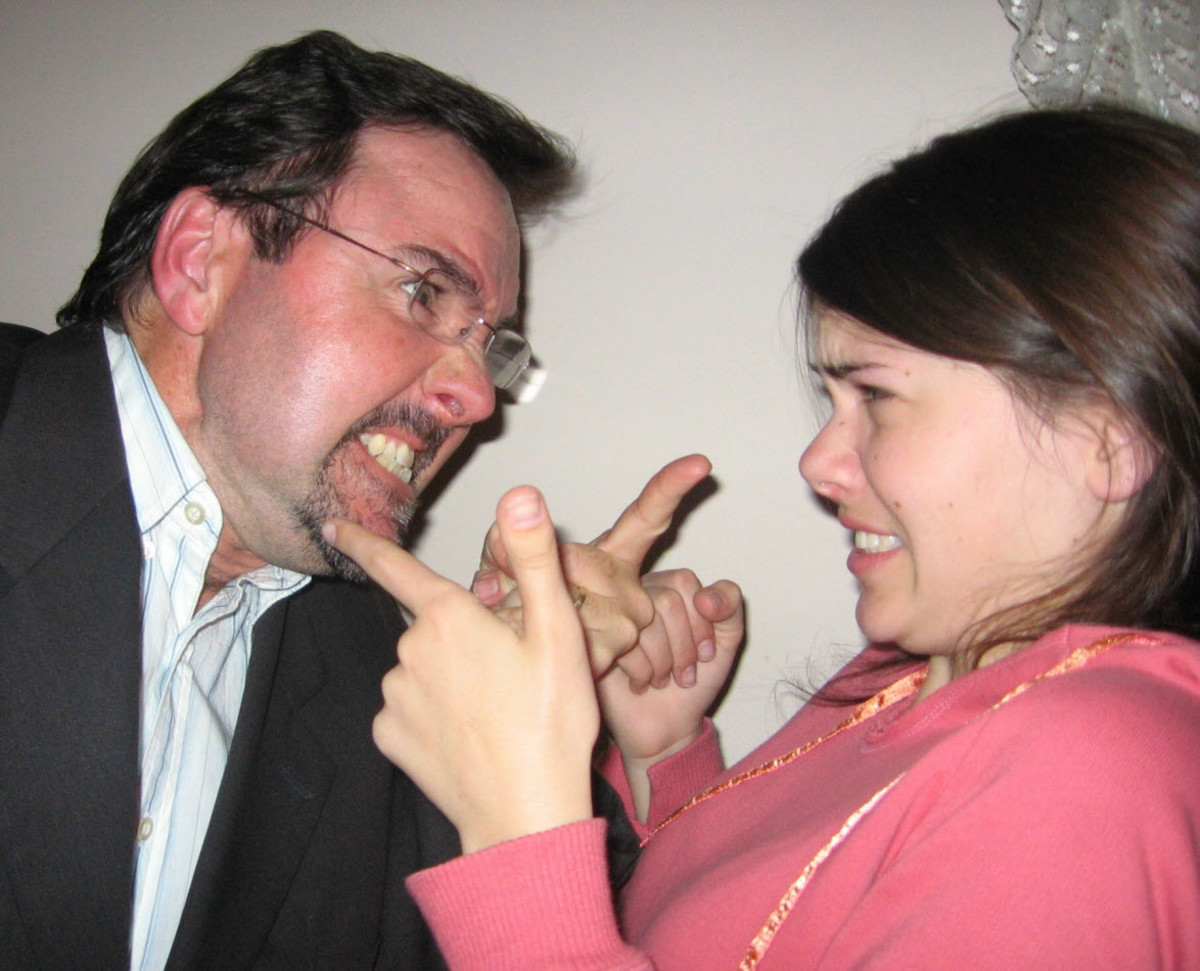Are you a Bully or the one Bullied?
Middle Childhood is the Primetime for Bullying.
Peer relationship becomes significantly important in middle childhood. Peer groups generally consist of children who are similar in age, gender, ethnicity, socio-economic status, and those who are neighbors or schoolmates. Researches found out that peer groups help children develop social skills, allows them to test and adopt values independent of parents, give them a sense of belonging, and helps develop the self-concept. Peer relationships are strong predictors of later adjustment. Those who have trouble getting along with peers are more likely to develop psychological problems, drop out of school, or become delinquents. School children whose peers like them are likely to be well-adjusted as adolescents. These are the reasons why bullying is a very significant issue in middle childhood. Parents continue to be an important influence in their lives but their growth is also shaped by their interactions with their peers (Santrock, 1999).
Captured Bullying Scenario among Children
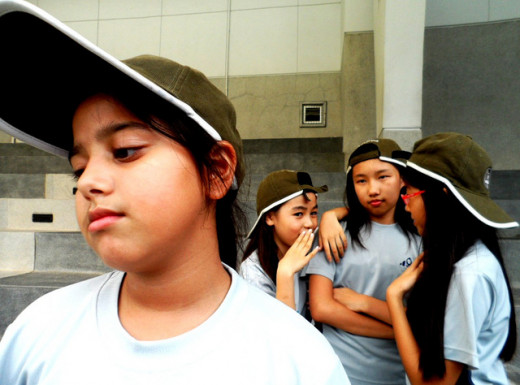
All About Bullying
Bullying among children is repeated negative acts committed by one or more children against another. These negative acts may be direct physical or verbal actions and or indirect actions such as the manipulation of friendships, gossip, and exclusion of others from activities. Bullying is an aspect of school life that impacts children's social, emotional, psychological, and educational development. This is prevalent among children as they are establishing peer relationships. A bully is someone who does or says mean things to get power over another person. Bullying can happen to anyone. Some bullies pick on those who seem different, whether it is the color of their skin, the way they talk or dress up, their size, or their name. Some are bullied because they have a disability (Olwens, 1991).
Bullying Story
Being bullied happened to my girl cousin when she was still a six-year-old. My cousin, per observation, has always been showing interest in her studies. She was up to date in making her assignments, very diligent - thus, she had a very good school performance. Not until one day, she suffered from fever and was excused from her classes for a couple of days. When she recovered, she was quite hesitant to go back to school again. When being asked about the reasons, she refused to elaborate. She was not willing to go with her nanny but only willing to go back to school if her mother would accompany her. Her mother at that time managed to be absent from work in order to be with her. In school, it was only then that my Auntie was able to find out that she has been teased and name-called by her considered peers since one of her classmates related the story. The situation was immediately shared with the teacher so that the bullying can be stopped and be prevented from happening continuously. When everything was resolved, my cousin's vigor for school was revived. I was able to witness her renewed eagerness and desire to do good in her school works.
I happened to personally experienced being bullied when I was younger. That is why when I learned about my cousin being bullied, I really tried to reach out to talk, console, encourage and find ways to boost her self-esteem. I am strongly opposed to this kind of situation and to any sort of bullying in school. More so because I knew how it felt to be bullied.
This child's disposition is reflective of a bullied one.
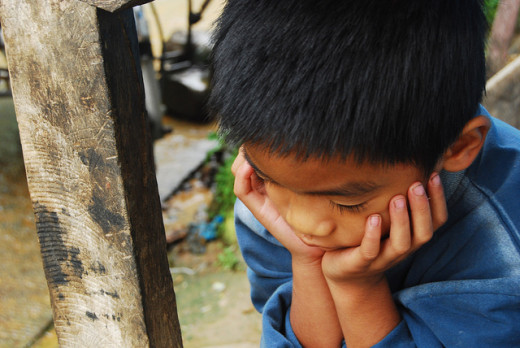
Myths and Facts About Bullying
One of the common myths about bullying is that, it is just a normal part of childhood but that is not true. Research finds out that bullying:
-
Makes children feel lonely, sad and afraid
-
Makes children think that there is something wrong with them
-
Makes children become less interested in going to school
-
Makes children lost interest in playing with their fellow kids
-
Makes children sickly
Without intervention, bullying can lead to serious academic, social, emotional and legal problems. Researchers agree that children who bully in childhood are more likely to become violent adults and may engage in criminal behavior. Victims of bullies often suffer from anxiety, low self-esteem, and depression as they grow up. It is indeed, a serious problem with lasting effects that can be the root cause of criminal behavior, academic failure and low self-esteem in later life.
Self-esteem which is an attitude towards the self contains judgment about one's abilities and self-worth. It tends to fall as children realized that they are not best in everything. For Halter (1985), the important factors to feelings of self-worth are the physical appearance, social acceptance and school work. Children with low self-esteem are said to have problems with peers, prone to have health problems and are more likely yo do poorly in school. Bullies tend to fall into this category. They usually have self-esteem issues.
Common sources of Self-esteem:
-
Parenting Style
-
Social Acceptance
-
School Experiences
Poverty on the other hand can harm children's development through its impact on parent's emotional state, parenting practices, and on the home environment, they create. Parents who are unemployed, live in poor housing are likely to be anxious, irritable and depressed. They become less affectionate and less responsive to their children. They pay attention only to misbehavior and may discipline inconsistently and harshly. In return, children become depressed themselves. They may have trouble in getting along with friends. They tend to lack self-confidence and engage in behavior problems. Researchers find out that families under economic stress are less likely to monitor their children's activities . This lack of monitoring is usually associated with poorer school performance and adjustments (Santrock, 1999).
Developmental Concepts and Theories
Middle childhood is often called the school years. School is the central experience during this time. Experiences in school are the center of interest for physical, cognitive, and psychosocial development. Parents guidance is important at this stage but then, the peer groups are more influential at this time in the lives of children.
-
In the Psychosexual Stages of Development of Sigmund Freud, middle childhood is considered the latency stage. The peer group tends to be of importance in the sense that at this time, sexual impulses are repressed after the torment of sexual impulses of preceding years. Sexual interests are replaced by interests in school, playmates, sports and a range of new activities. This is the time of socialization as a child turns outward and forms relationships with others.
-
In the theory of Erik Erikson with his concept on the Psychosocial Stages of Development, he identified middle childhood as the school age years ( ages 6-12 years old) with Industry versus Inferiority as the conflict to be resolved in order to develop the virtue of competence. It is in this stage that children begin to develop an attitude about themselves which is referred to as self-esteem. The chief source of self-esteem is children's view of their productive competence. Those who do not compare favorably with other children may decide that they are incapable of affecting their world which is referred to as learned helplessness.
-
Erikson agrees with Freud that childhood is a quiet period emotionally. A period in which the child becomes ready to apply given skills and tasks. Children judge themselves as either industrious or inferior, competent or incompetent, productive or failing, winners or losers (Lefton, et.al., 2000).
-
With the Social Learning Theory of Albert Bandura, it states that when we see the behavior of a model being rewarded, we are likely to imitate that behavior. Thus, behavior is learned through observation and imitation. Middle childhood is the primetime for modeling. Parenting style has a significant impact on the part of the children. It is found out that children are more apt to follow their parents wishes or advice when they perceive that the parents are truly concerned about the their well-being (Maccoby, 1984.)
-
In Piaget's Stages of Cognitive Development, it is believed that middle childhood belongs to the concrete operational stage (Ages 7-11 years old) wherein the child can now reason logically about concrete events and can mentally reverse information. According to Piaget, children's growth can be explained in two principles: First is the assimilation process in which children understand an experience in terms of their current way of thinking. The second is through accommodation which refers to changes in existing ways of thinking in response to encounters with new stimuli or events. Therefore, children are trainable and are still in the process of learning and knowing themselves.
-
Lev Vygotsky's Socio Cultural Theory proposes that a full understanding of development is impossible without taking into account the culture in which the children grow and develop. According to Vygotsky, children's understanding of the world is acquired through their problem solving interactions with adults and other children.
-
The Biological Theory of Konrad Lorenz also demonstrated the biological determinants in influencing behavior patterns in which human behavior might reflect inborn genetic patterns like aggressive behavior, emotional make-up, intelligence and social competence.
Have you ever experienced being bullied when you were a child?
Being a victim of bullying is not an easy path.
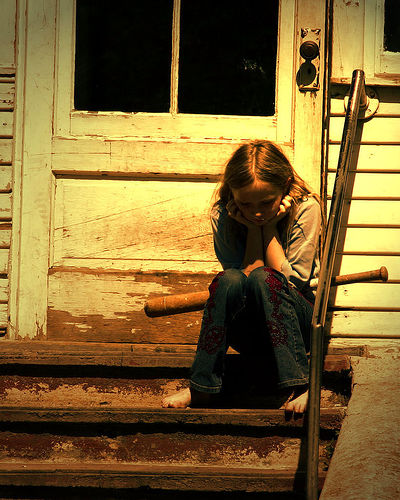
What kind of bullying were you able to experience?
Stop bullying now!
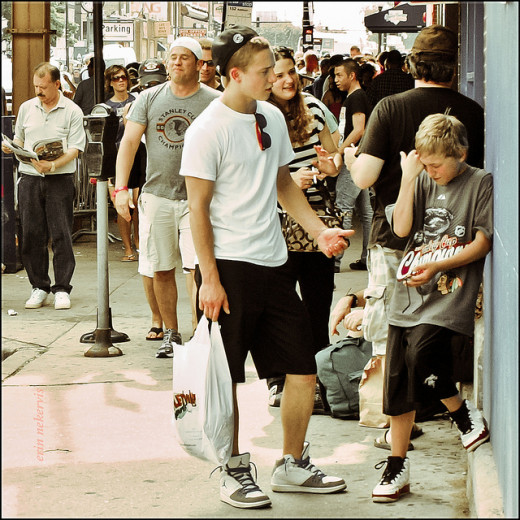
About This Article
This article is trying to share facts about bullying in middle childhood. Let us together make a campaign against bullying. Hopefully, we can make a difference in the lives of future generations.
This content reflects the personal opinions of the author. It is accurate and true to the best of the author’s knowledge and should not be substituted for impartial fact or advice in legal, political, or personal matters.
© 2014 Best of Aying


